As the cycles of the heavens turn and the stars drift across the firmament, humanity has long sought to map the infinite constellations, weaving mythologies to anchor its existence within the cosmos. But, from the celestial vantage point, has the human endeavor ever truly registered? The presentation at Nan Ke Gallery during the Taipei Contemporary Art Fair in May is artist Zhou Meng’s profound meditation on this very inquiry.
Dominating the center of the booth was a comprehensive mural, Star Chart, which, like a mystical portal, opened a gateway to a celestial map within the confines of modern architecture. The expansive mural, evoking the primordial atmosphere of ancient cave paintings, was imbued with a sense of timelessness, as if it were a relic left by early humans in their quest to decipher the stars. Embedded within the mural were eighty-eight meteorite fragments, representing the constellations, using material that originated from the very cosmos they depict, thus completing the narrative both logically and aesthetically.
A recurring theme in Zhou Meng’s work is a deep-seated humility towards nature. This year, his exploration extends further, traversing multidimensional coordinates—ranging from the primordial wilderness to conceptual futures. Zhou navigates through “time,” spanning from the slumbering earth of fossils to the starry expanses of the galaxy, like a bard who collects, expresses, and sings the tales of existence.

The Fading Lore series on paper illustrates the lingering shadows of forgotten deities, their forms evoked through traditional Chinese ink techniques, capturing the transient guardianship and overarching dominion that pervade all. These divine figures, repeated like ancient symbols, ascend to a grand metaphor that transcends time and space, reigning over humanity across epochs and cultures.
The relationship between humanity and nature, long depicted in traditional Chinese cosmology through the dynamic interplay of yin and yang, here calls for a renewed awareness of human insignificance, urging a posture of humility before the natural world. As Daoist philosophy teaches, “Heaven and Earth are not benevolent; they treat all things as straw dogs.” The gods of nature, devoid of conventional compassion, exist as a force to which humanity can only respond with reverence.
Following the Taipei fair, Nan Ke Gallery continued to showcase Zhou Meng’s evolving thought process at Tokyo Gendai in July, where his focus expanded from the divine and natural realms to a keen interest in anthropology. Here, human behavior became a fascinating subject of observation and analysis.
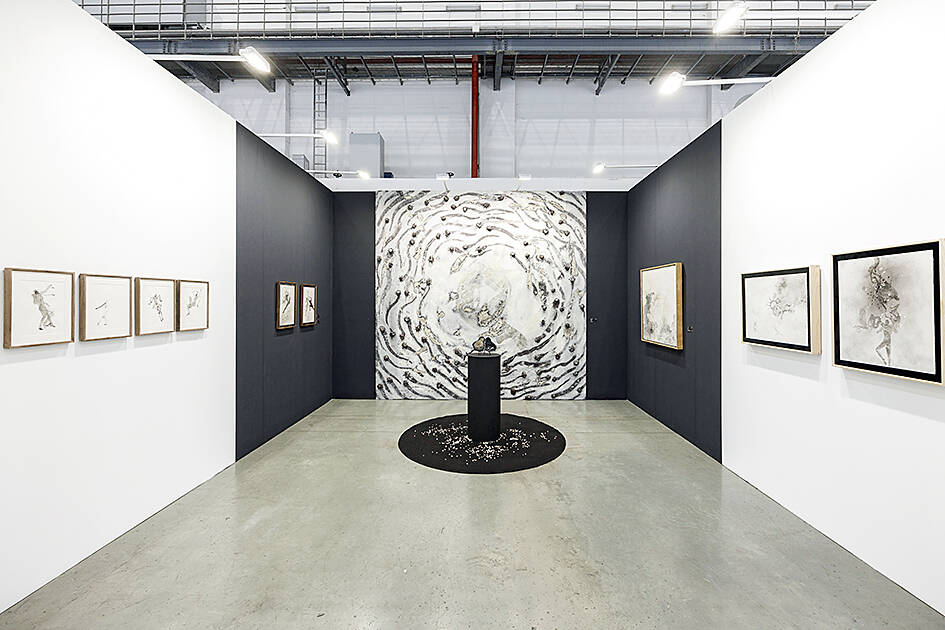
At the center of the exhibit stood the large-scale sculpture Mount Top, hinting at the origin of time and initiating a dialogue with nature. The mythical “Buzhou Mountain” from the Classic of Mountains and Seas, symbolizing the boundary between the divine and the mortal, intersected with the Western narrative of the Tower of Babel, creating a transcultural resonance. Beneath this sculpture, the mural transitioned into another dimension, opening a gateway to the heavens on the floor, blurring the physical limits of space and immersing the viewer in a transcendental experience. Time and space fold into one another, conveying an ancient call of naturalism while simultaneously fostering a deep, timeless empathy beyond the confines of reality.
Connecting to the continuum of human history, Zhou Meng’s Hero Game series juxtaposes prehistoric weapons with the modern game of “rock, paper, scissors,” offering a satirical commentary on warfare. The grandiosity and peril of war are reductively portrayed as mere human play, reinstating humanity’s humble place within the natural order. The absurdity of modern warfare, fueled by power struggles, is likened to the frivolity of entertainment culture.
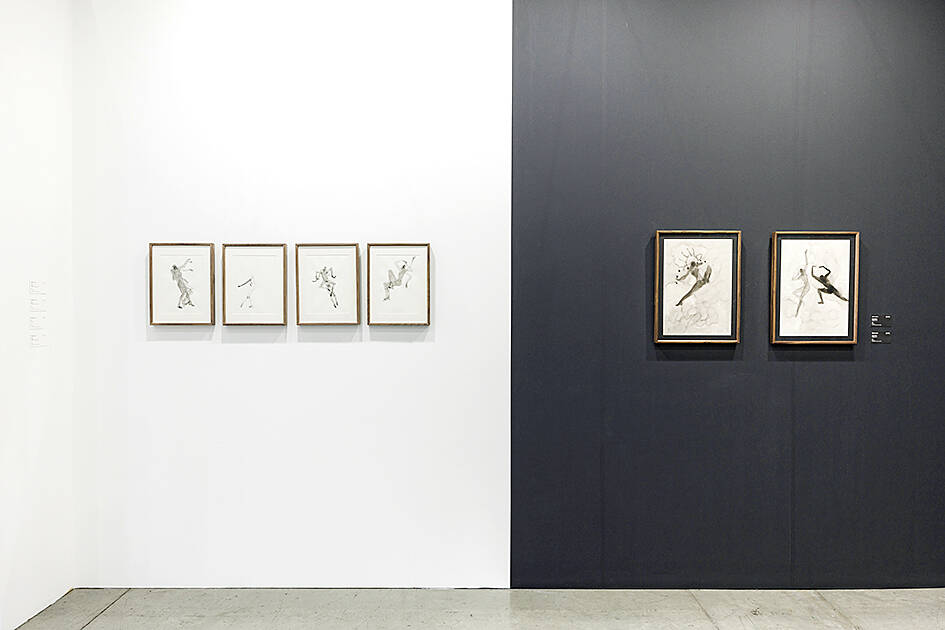
This anthropological exploration will continue in Zhou Meng’s upcoming solo exhibition,II Trovatore (The Troubadour), opening on September 13 in Munich, Germany, co-presented by the Blue Mountain Contemporary Art Foundation and Nan Ke Gallery. Here, Zhou refines his macro-philosophical inquiries into a narrative realm, using the troubadour as a central figure to weave together a global story. The exhibition simulates the structure of a poem, with natural spaces divided into chapters, allowing artworks, the artist, and the viewers to traverse and resonate with the unfolding saga.
Incorporating diverse materials imbues the exhibition with an innate sense of collection and exploration. Zhou Meng integrates his cherished artifacts, such as Madagascar raffia and ancient ceramic statues, into the narrative. Nature’s creations envelop human artifacts, re-nurturing them as fruits that connect disparate civilizations and propel them towards an unknown horizon.
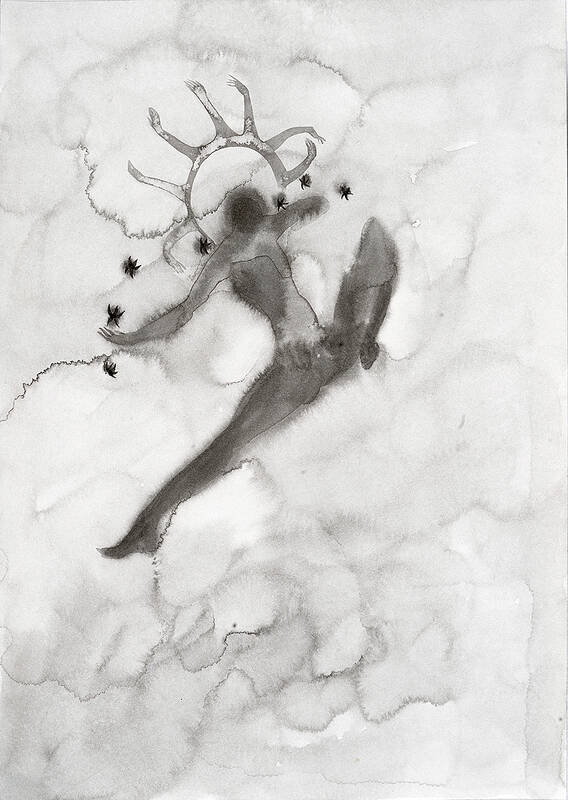
Seeds from different eras and regions converge here, growing into the river of life that envelops varied lands, linking human civilizations and their stories. As time flows, lives faded and become stones, passing through eons and transfering into shells on the shore. These shells, repurposed as currency in a new cultural context, embark on another cycle of circulation and rebirth. All things in the universe engage in this alternation and cycle, with the troubadour as the romantic thread tying together the complete narrative.
This October, Zhou Meng’s creative journey will once again take him to Taipei for a group exhibition presented by YIYUN ART at ART TAIPEI (Booth E04). In a migration full of possibilities and imaginations, the bard continuously collects the time fragments of the land, sings them, and then progresses and echoes them in the space.

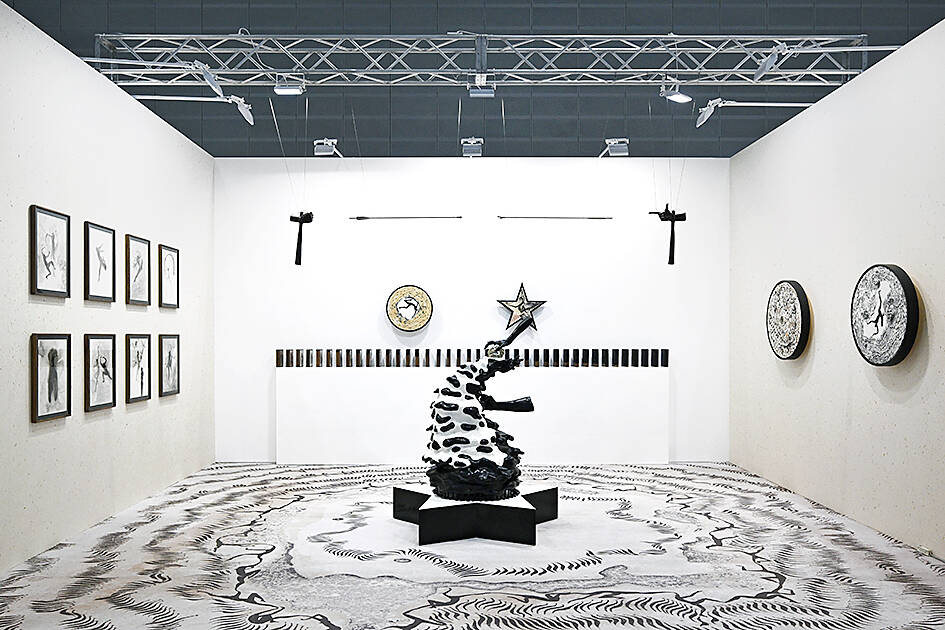
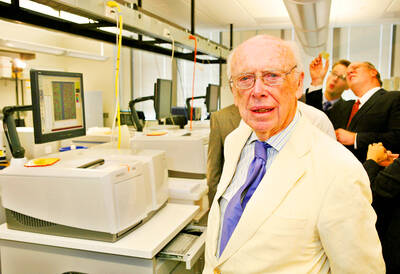
James Watson — the Nobel laureate co-credited with the pivotal discovery of DNA’s double-helix structure, but whose career was later tainted by his repeated racist remarks — has died, his former lab said on Friday. He was 97. The eminent biologist died on Thursday in hospice care on Long Island in New York, announced the Cold Spring Harbor Laboratory, where he was based for much of his career. Watson became among the 20th century’s most storied scientists for his 1953 breakthrough discovery of the double helix with researcher partner Francis Crick. Along with Crick and Maurice Wilkins, he shared the
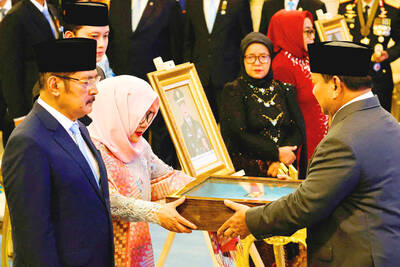
OUTRAGE: The former strongman was accused of corruption and responsibility for the killings of hundreds of thousands of political opponents during his time in office Indonesia yesterday awarded the title of national hero to late president Suharto, provoking outrage from rights groups who said the move was an attempt to whitewash decades of human rights abuses and corruption that took place during his 32 years in power. Suharto was a US ally during the Cold War who presided over decades of authoritarian rule, during which up to 1 million political opponents were killed, until he was toppled by protests in 1998. He was one of 10 people recognized by Indonesian President Prabowo Subianto in a televised ceremony held at the presidential palace in Jakarta to mark National

US President Donald Trump handed Hungarian Prime Minister Viktor Orban a one-year exemption from sanctions for buying Russian oil and gas after the close right-wing allies held a chummy White House meeting on Friday. Trump slapped sanctions on Moscow’s two largest oil companies last month after losing patience with Russian President Vladimir Putin over his refusal to end the nearly four-year-old invasion of Ukraine. However, while Trump has pushed other European countries to stop buying oil that he says funds Moscow’s war machine, Orban used his first trip to the White House since Trump’s return to power to push for

LANDMARK: After first meeting Trump in Riyadh in May, al-Sharaa’s visit to the White House today would be the first by a Syrian leader since the country’s independence Syrian President Ahmed al-Sharaa arrived in the US on Saturday for a landmark official visit, his country’s state news agency SANA reported, a day after Washington removed him from a terrorism blacklist. Sharaa, whose rebel forces ousted long-time former Syrian president Bashar al-Assad late last year, is due to meet US President Donald Trump at the White House today. It is the first such visit by a Syrian president since the country’s independence in 1946, according to analysts. The interim leader met Trump for the first time in Riyadh during the US president’s regional tour in May. US envoy to Syria Tom Barrack earlier